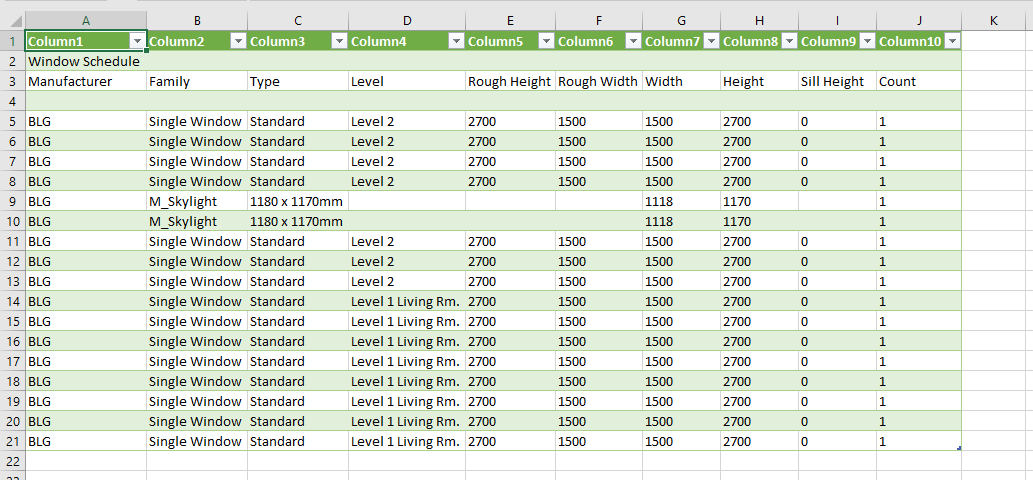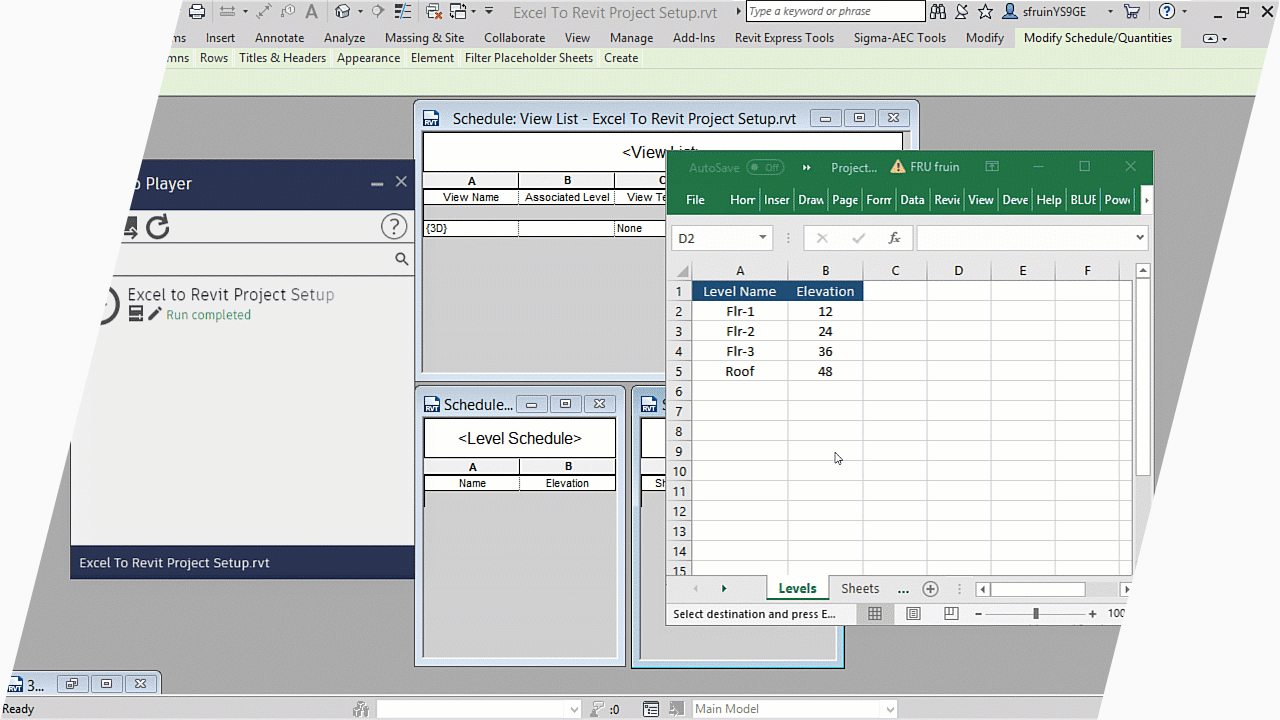Open New Opportunities with Cutting-edge Revit Plugins
Wiki Article
Breaking Barriers: Excel Importation Techniques for Advanced Revit Users
Check out numerous data importation methods and master Excel combination to improve your Revit modeling capabilities. With our techniques and ideas, you can overcome importation difficulties and end up being a true expert in making use of Excel for your Revit projects.Advanced Revit Users: Leveraging Excel for Importation
You can quickly utilize Excel for importation as an advanced Revit individual. Excel is an effective device that can significantly improve your operations and effectiveness in Revit. With its capability to manage large quantities of data and perform complicated computations, Excel can be a valuable possession in handling and arranging your job details.One way to utilize Excel for importation is by utilizing the "Web link Excel" feature in Revit. This feature permits you to link an Excel spread sheet straight into your Revit job, allowing you to update and synchronize information between both programs. This can be particularly helpful when taking care of schedules or tracking adjustments in your project.
Another method to use Excel is by utilizing the "Import/Export" function in Revit. This function enables you to import and export information in between Revit and Excel, giving you the adaptability to collaborate with information in both programs. You can import information from Excel right into Revit to produce components such as doors, wall surfaces, or spaces, and you can additionally export information from Revit to Excel for more analysis or reporting.

Exploring Data Importation Techniques in Revit Using Excel
Exploring exactly how to import data from Excel into Revit uses effective techniques for integrating information. When you import information from Excel, you can effortlessly transfer information such as room routines, product checklists, and equipment data right into your Revit project. This process permits you to conserve time and effort by preventing manual data entrance.To import information from Excel into Revit, you can utilize the "Import/Export" function. This function enables you to map the Excel information areas to the equivalent Revit criteria, making sure that the info is appropriately appointed within the model. By selecting the appropriate import options, you can control exactly how the information is imported and exactly how it engages with your project.
An additional approach for importing information from Excel right into Revit is by making use of Eager beaver. With Eager beaver, you can create custom-made scripts that import information from Excel and control it within your Revit task.
Understanding Excel Assimilation for Advanced Revit Modeling
Grasping Excel integration for sophisticated Revit modeling involves making use of reliable methods to perfectly move data and automate tasks within your project. By taking advantage of the power of Excel, you can boost your Revit modeling process and save important time. One essential technique is importing data from Excel spreadsheets directly right into your Revit version. This enables you to populate parameters, such as room names or material quantities, easily. With a few basic actions, you can map the Excel columns to the matching Revit criteria and import the data accurately.An additional useful method is exporting information from Revit to Excel. This allows you to draw out details from your design, such as timetables or material quantities, and assess it in Excel making use of formulas, graphes, or other powerful tools. By leveraging the abilities of Excel, you can carry out complex computations, produce personalized reports, and gain important understandings into your job.
In addition to information transfer, Excel combination can automate recurring tasks in Revit. By developing macros or manuscripts in Excel, you can automate processes like developing sights, creating sheets, or applying basic households - import excel into revit. This not only conserves time yet additionally guarantees uniformity across your task
To grasp Excel integration in Revit, it is essential to understand the information structure and exactly how Revit communicates with Excel. By familiarizing on your own with the offered devices and methods, you can unlock the complete capacity of Excel combination and take your Revit modeling to the following degree.
Overcoming Importation Difficulties: Excel Techniques for Revit Experts
When getting over importation obstacles, it is necessary to be accustomed to efficient Excel techniques that can profit specialists in Revit. As an advanced Revit individual, you comprehend the significance of seamlessly importing information from Excel right into your tasks. You might experience different difficulties along the means. By using efficient Excel techniques, you can get over these challenges and boost your productivity.
Another valuable method is utilizing the "Transpose" feature in Excel. This allows you to convert information from rows to columns or the other way around. When importing data into Revit, this can be specifically helpful when you have data in a vertical format in Excel, but you require it to be in a straight layout in Revit.
Additionally, making use of Excel formulas such as VLOOKUP and INDEX-MATCH can significantly aid in mapping data from Excel to Revit. These solutions permit you to look for particular values in Excel and recover equivalent data from another column. When importing big datasets right into Revit., this can conserve you time and effort.
Excel Information Importation Advice for Advanced Revit Users
By familiarizing on your own with reliable Excel methods and tips, you can improve your data importation procedure as a sophisticated customer of Revit. Additionally, utilizing Excel's "Paste Special" attribute enables you to paste information from Excel right into Revit while maintaining format, such as cell color or font style. An additional practical technique is to revit tool utilize Excel's "Discover and Change" feature to swiftly make modifications to your information before importing it right into Revit.
Final Thought
You have actually currently discovered useful methods for importing data from Excel into Revit as an advanced user. By leveraging the power of Excel assimilation, you can streamline your modeling procedure and conquer any importation challenges that might occur. With these tricks and tips, you will be able to grasp data importation and improve your Revit skills. Go ahead, damage those barriers and excel in your Revit projects!
When importing information right into Revit, this can be particularly valuable when you have data in a vertical style in Excel, yet you need it to be in a straight format in Revit.
Additionally, utilizing Excel solutions such as VLOOKUP and INDEX-MATCH can greatly assist in mapping data from Excel to Revit. Additionally, making use of Excel's "Paste Unique" function enables you to paste data from Excel right into Revit while keeping format, such as cell shade or font design.
Report this wiki page